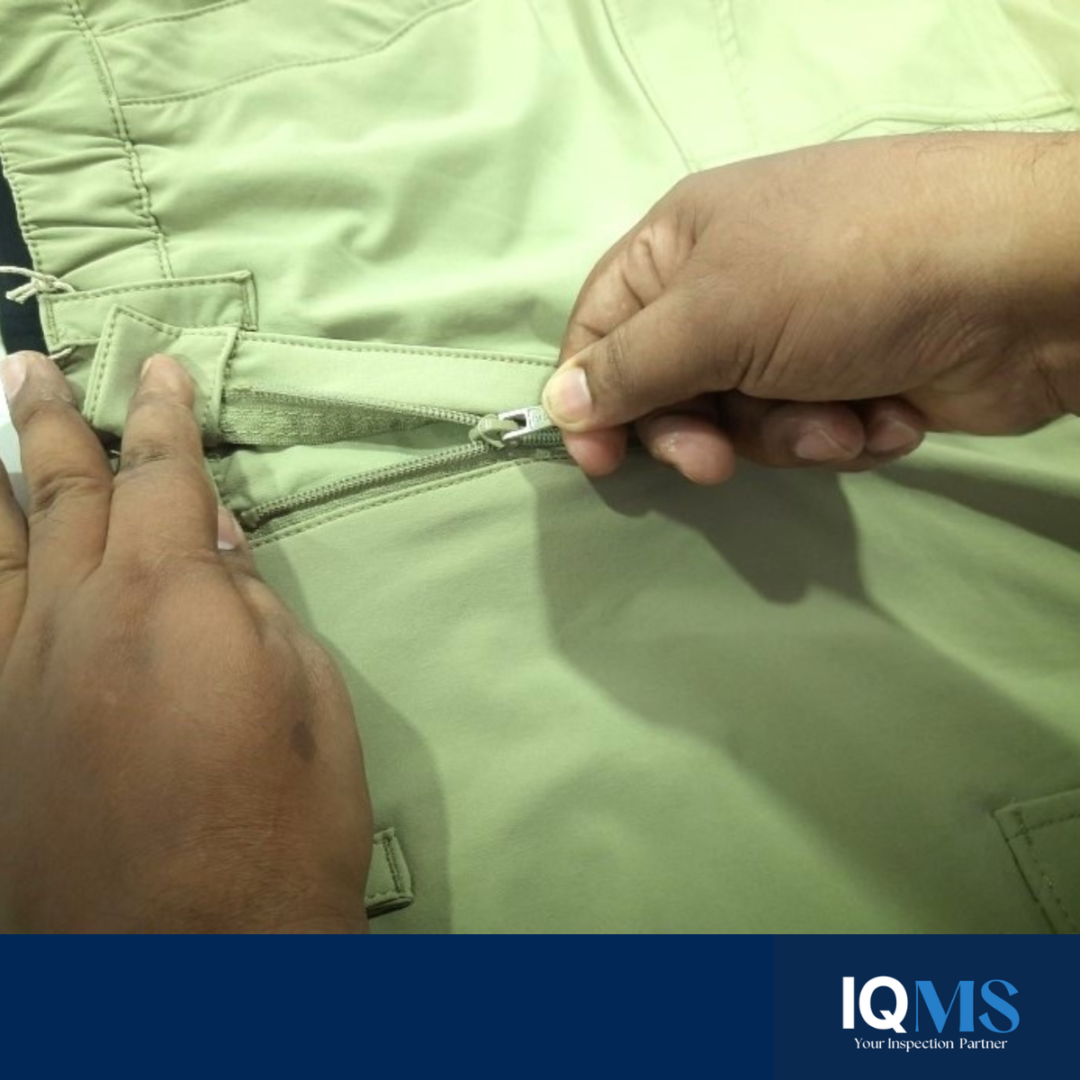Introduction:
In the pursuit of delivering impeccable products, two pillars stand tall: quality assurance and quality control. These two terms, often used interchangeably, hold distinct roles in maintaining high-quality outcomes. In this article, we embark on a journey to clarify the distinction between quality assurance and quality control, unravelling their unique contributions to the world of impeccable products.
Quality Assurance: Ensuring the Process:
Quality assurance (QA) encompasses the overarching processes and activities that guarantee product quality. It focuses on the prevention of defects through the implementation of consistent procedures, standardized processes, and rigorous checks. QA is a proactive approach, aiming to eliminate issues at the root by enhancing systems and workflows.
Quality Control: Inspecting the Product:
Quality control (QC), on the other hand, homes in on the product itself. It involves meticulous inspections, tests, and evaluations of the finished goods. QC aims to detect and rectify defects that might have slipped through the cracks despite preventive measures. It’s the last line of defense, ensuring that only products meeting predetermined standards reach consumers.
Prevention vs. Detection:
The crux of the distinction lies in the focus. QA is about preventing issues from arising in the first place. It’s the old adage of “an ounce of prevention is worth a pound of cure.” QC, on the other hand, is about detecting issues that may have occurred and addressing them before they reach the end-user.
Collaborative Symbiosis:
Quality assurance and quality control aren’t opposing forces; rather, they collaborate to create a seamless quality management system. QA establishes the frameworks and guidelines to prevent defects, while QC executes inspections and tests to catch any potential deviations from those guidelines.
Real-World Impact: Consider an automobile manufacturing company. Through robust quality assurance measures, standardized assembly processes are implemented, reducing the likelihood of defects. Quality control steps in to ensure that each vehicle meets specifications, catching any discrepancies before the cars hit the market.
Conclusion: In the intricate tapestry of quality management, both quality assurance and quality control have indispensable roles to play. While quality assurance sets the stage for a defect-free process, quality control steps in as the vigilant guardian of the final product. Together, they weave a narrative of meticulousness, reliability, and a commitment to delivering products that stand the test of scrutiny.



